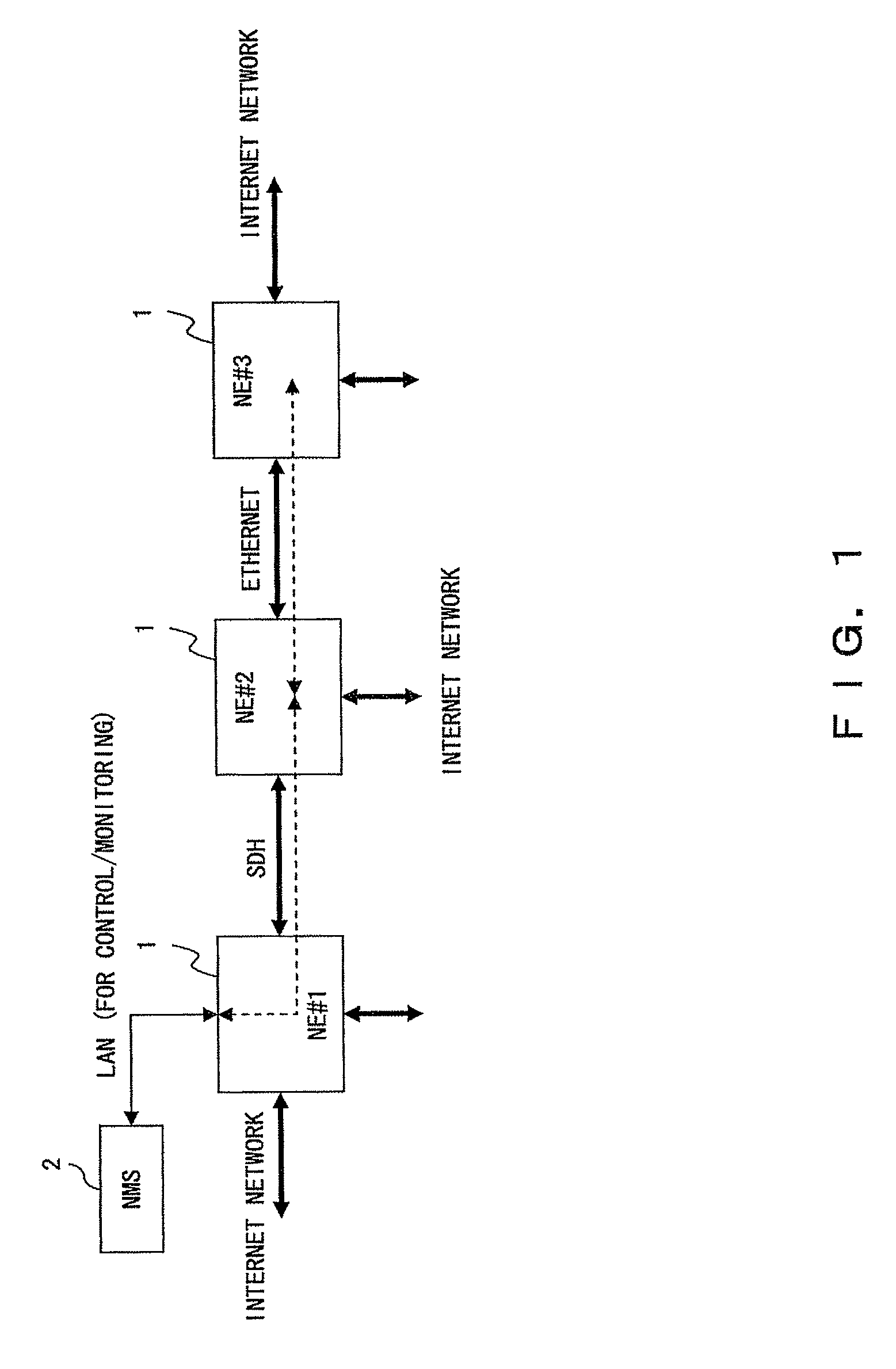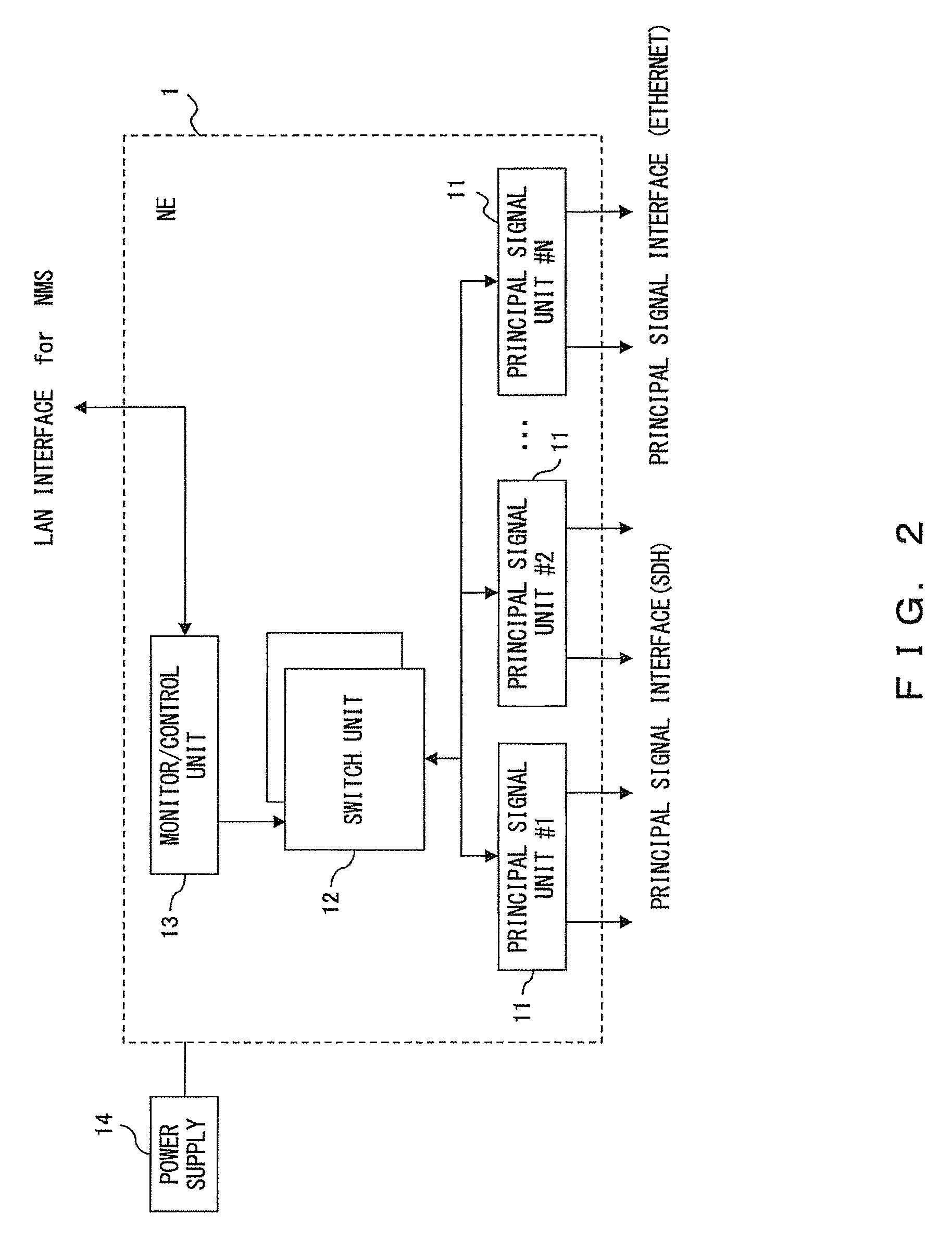Data recording system
a data recording and data technology, applied in the field of data recording systems, can solve the problems of inability to adopt the system, the limitation of the number of writes (the number of erase/write cycles) of the nonvolatile semiconductor memory, and the problems described in patent document 1 can not be overcome, so as to reduce the number of data writes to the first memory, prolong the life of the first memory, and reduce the cost of replacemen
- Summary
- Abstract
- Description
- Claims
- Application Information
AI Technical Summary
Benefits of technology
Problems solved by technology
Method used
Image
Examples
first embodiment
[0032]FIG. 4 is a block diagram showing a memory and its peripheral circuits. In this figure, the flash memory 21 is equivalent to the above described large-capacity memory, and is a nonvolatile memory. Although the flash memory 21 is a rewritable memory, its number of writes is limited. The limit number of writes (namely, a guaranteed maximum number of writes or the number of erase / write cycles) of the flash memory 21 is assumed to be 100,000 in this embodiment.
[0033]In the example shown in FIG. 4, a test tool program, an application program, FPGA data, provisioning data, PM data, and data of the number of writes (number-of-writes data) are stored in the flash memory 21. Although the FPGA data and the provisioning data are updated when necessary, their update frequencies are low. In the meantime, the PM data is written with high frequency since it is collected periodically as described above. The data of the number of writes represents the number of data writes to the flash memory ...
second embodiment
[0046]FIG. 6 shows a configuration of a data recording system according to a second embodiment. In the second embodiment, data of the number of writes is recorded not to a flash memory 21 but to another nonvolatile memory 26. The use frequency of the nonvolatile memory 26 is sufficiently low compared with the flash memory 21 in this embodiment. Accordingly, in the second embodiment, the frequency at which the data of the number of writes is recorded may be increased compared with the first embodiment shown in FIG. 4. Namely, the data of the number of writes may be recorded to the nonvolatile memory 26 once, for example, each time 100 data writes are made to the flash memory 21.
[0047]In the second embodiment, a parameter for managing the number of data writes of the flash memory 21 in the first embodiment is saved not in the flash memory 21 to be managed but in another nonvolatile memory, and a save operation is similar to the first embodiment.
third embodiment
[0048]FIG. 7 shows a configuration of a data recording system according to a third embodiment. In the third embodiment, data of the number of writes is periodically transmitted from a CPU 24 to a network management system 2 without being recorded in the flash memory 21. Here, the data of the number of writes may be transmitted by request made from the network management system 2, or the CPU 24 may autonomously transmit the data of the number of writes. Then, the network management system 2 outputs an alarm if the data of the number of writes exceeds a threshold value.
PUM
 Login to View More
Login to View More Abstract
Description
Claims
Application Information
 Login to View More
Login to View More - R&D
- Intellectual Property
- Life Sciences
- Materials
- Tech Scout
- Unparalleled Data Quality
- Higher Quality Content
- 60% Fewer Hallucinations
Browse by: Latest US Patents, China's latest patents, Technical Efficacy Thesaurus, Application Domain, Technology Topic, Popular Technical Reports.
© 2025 PatSnap. All rights reserved.Legal|Privacy policy|Modern Slavery Act Transparency Statement|Sitemap|About US| Contact US: help@patsnap.com



